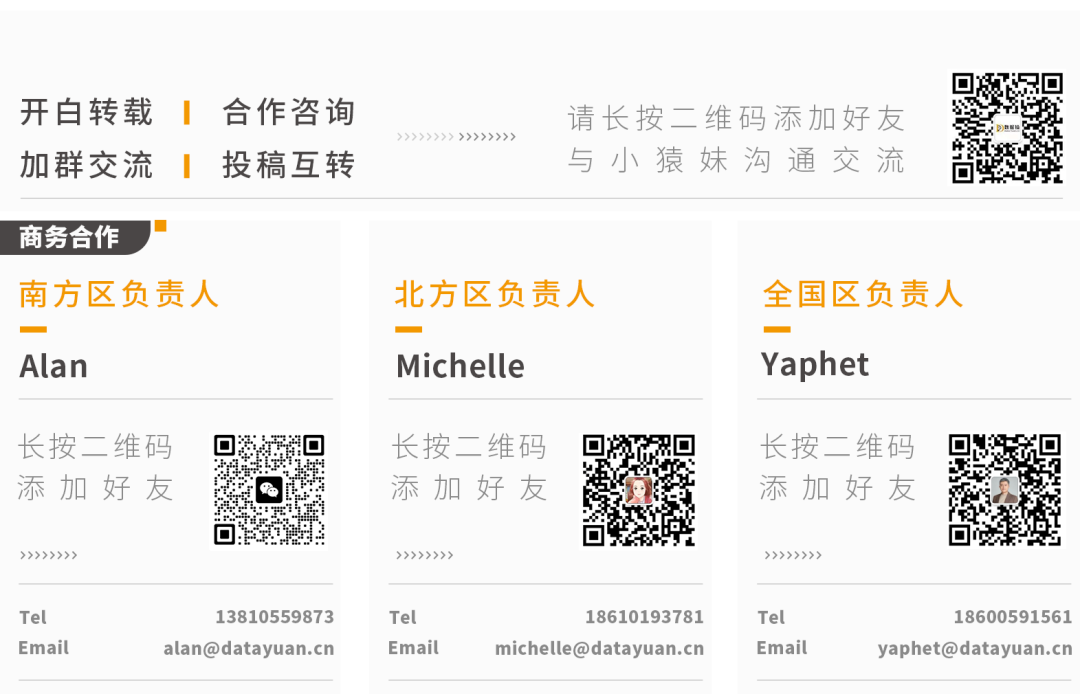欢迎来到我的博客,很高兴能够在这里和您见面!欢迎订阅相关专栏:
工💗重💗hao💗:野老杂谈
⭐️ 全网最全IT互联网公司面试宝典:收集整理全网各大IT互联网公司技术、项目、HR面试真题.
⭐️ AIGC时代的创新与未来:详细讲解AIGC的概念、核心技术、应用领域等内容。
⭐️ 全流程数据技术实战指南:全面讲解从数据采集到数据可视化的整个过程,掌握构建现代化数据平台和数据仓库的核心技术和方法。
⭐️ 构建全面的数据指标体系:通过深入的理论解析、详细的实操步骤和丰富的案例分析,为读者提供系统化的指导,帮助他们构建和应用数据指标体系,提升数据驱动的决策水平。
⭐️《遇见Python:初识、了解与热恋》 :涵盖了Python学习的基础知识、进阶技巧和实际应用案例,帮助读者从零开始逐步掌握Python的各个方面,并最终能够进行项目开发和解决实际问题。
摘要
Python 标准库是每个 Python 程序员的得力助手,它提供了广泛的模块和函数,帮助我们轻松完成各种编程任务。本篇文章将通过幽默易懂的语言,详细介绍 Python 标准库的主要模块及其用法。通过丰富的代码示例和图示,帮助读者轻松掌握标准库的使用技巧。
标签: Python、标准库、编程基础、模块、代码示例
什么是 Python 标准库?
Python 标准库就像一个百宝箱,里面装满了各种工具,帮助你解决编程中的各种问题。无论是处理字符串、操作文件、还是进行数学计算,标准库都有现成的模块供你使用。
标准库的定义
Python 标准库是 Python 解释器自带的一组模块和包,这些模块提供了丰富的功能,极大地简化了编程过程。
# 例子:使用标准库模块进行基本操作
import math
import os
import datetime
print(math.sqrt(16)) # 计算平方根
print(os.getcwd()) # 获取当前工作目录
print(datetime.datetime.now()) # 获取当前时间
字符串处理模块
string 模块
string 模块提供了许多有用的字符串操作函数和常量。
import string
print(string.ascii_letters) # 所有字母
print(string.digits) # 所有数字
print(string.punctuation) # 所有标点符号
re 模块
re 模块用于正则表达式操作,强大而灵活。
import re
pattern = r'\d+'
text = "There are 123 apples and 45 oranges."
numbers = re.findall(pattern, text)
print(numbers) # 输出 ['123', '45']
文件与目录操作模块
os 模块
os 模块提供了与操作系统交互的函数,可以用于文件和目录操作。
import os
current_dir = os.getcwd()
print(f"Current directory: {current_dir}")
new_dir = os.path.join(current_dir, "new_folder")
os.makedirs(new_dir, exist_ok=True)
print(f"New directory created: {new_dir}")
shutil 模块
shutil 模块提供了高级文件操作,如复制和移动文件。
import shutil
source = "example.txt"
destination = "backup.txt"
shutil.copy(source, destination)
print(f"Copied {source} to {destination}")
数据序列化模块
json 模块
json 模块用于处理 JSON 数据格式,常用于网络通信和数据存储。
import json
data = {'name': 'Alice', 'age': 25, 'city': 'New York'}
json_string = json.dumps(data)
print(json_string)
data_loaded = json.loads(json_string)
print(data_loaded)
csv 模块
csv 模块用于处理 CSV 文件,广泛用于数据导出和导入。
import csv
data = [
['Name', 'Age', 'City'],
['Alice', 25, 'New York'],
['Bob', 30, 'Los Angeles']
]
with open('people.csv', 'w', newline='') as file:
writer = csv.writer(file)
writer.writerows(data)
with open('people.csv', 'r') as file:
reader = csv.reader(file)
for row in reader:
print(row)
日期与时间模块
datetime 模块
datetime 模块提供了处理日期和时间的函数。
from datetime import datetime, timedelta
now = datetime.now()
print(f"Current time: {now}")
yesterday = now - timedelta(days=1)
print(f"Yesterday: {yesterday}")
formatted_date = now.strftime("%Y-%m-%d %H:%M:%S")
print(f"Formatted date: {formatted_date}")
time 模块
time 模块提供了与时间相关的低级操作。
import time
start_time = time.time()
time.sleep(2)
end_time = time.time()
elapsed_time = end_time - start_time
print(f"Elapsed time: {elapsed_time} seconds")
数学与统计模块
math 模块
math 模块提供了基本的数学函数和常量。
import math
print(math.pi) # 圆周率
print(math.e) # 自然常数
print(math.sqrt(16)) # 平方根
print(math.factorial(5)) # 阶乘
random 模块
random 模块用于生成随机数,适用于模拟和随机抽样。
import random
print(random.randint(1, 10)) # 生成1到10之间的随机整数
print(random.choice(['apple', 'banana', 'cherry'])) # 随机选择一个元素
statistics 模块
statistics 模块提供了基本的统计函数。
import statistics
data = [1, 2, 3, 4, 5, 6, 7, 8, 9, 10]
print(statistics.mean(data)) # 平均值
print(statistics.median(data)) # 中位数
print(statistics.variance(data)) # 方差
网络编程模块
urllib 模块
urllib 模块用于处理 URL 和 HTTP 请求。
import urllib.request
url = 'http://www.example.com'
response = urllib.request.urlopen(url)
html = response.read().decode('utf-8')
print(html)
requests 模块
虽然不是标准库的一部分,但 requests 模块非常流行,用于简化 HTTP 请求。
import requests
response = requests.get('https://api.github.com')
print(response.status_code)
print(response.json())
实战演练——综合应用标准库
通过一个实际案例,进一步理解如何综合应用标准库模块。
案例:自动化处理 CSV 文件并发送邮件
- 从网上获取 CSV 文件数据。
- 处理数据,提取需要的信息。
- 生成报告并发送邮件。
import csv
import requests
import smtplib
from email.mime.text import MIMEText
from email.mime.multipart import MIMEMultipart
# 第一步:获取 CSV 文件数据
url = 'https://example.com/data.csv'
response = requests.get(url)
csv_data = response.text
# 第二步:处理数据
lines = csv_data.splitlines()
reader = csv.reader(lines)
headers = next(reader)
data = [row for row in reader]
# 第三步:生成报告
report = "Report:\n\n"
for row in data:
report += f"{row[0]}: {row[1]}\n"
# 第四步:发送邮件
sender_email = "your_email@example.com"
receiver_email = "receiver_email@example.com"
password = "your_password"
message = MIMEMultipart()
message['From'] = sender_email
message['To'] = receiver_email
message['Subject'] = "CSV Report"
message.attach(MIMEText(report, 'plain'))
server = smtplib.SMTP('smtp.example.com', 587)
server.starttls()
server.login(sender_email, password)
server.sendmail(sender_email, receiver_email, message.as_string())
server.quit()
总结——Python 标准库的魅力
通过本文的讲解,我们了解了 Python 标准库的主要模块及其用法。标准库是每个 Python 程序员的得力助手,它提供了广泛的功能,极大地方便了编程过程。
希望你能通过本文轻松掌握标准库的使用,并在实际编程中灵活运用它们。记住,编程就像冒险,而标准库是你手中的百宝箱,利用它们,你可以解决编程中的各种难题。继续探索吧,Python 的世界还有更多有趣的内容等着你!




















